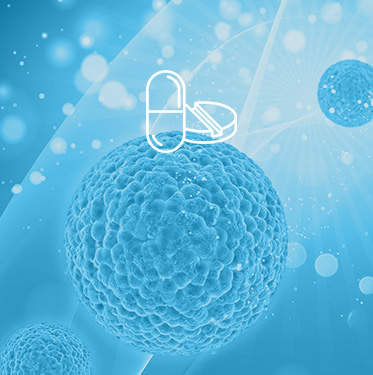
Mechanical aspects of CO2 Angiography
Issue Number:
European Journal of Medical Physic, Published Online: December 05, 2011
Abstract
The aim of this paper is to clarify some physical–mechanical aspects involved in the carbon dioxide angiography procedure (CO2 angiography), with a particular attention to a possible damage of the vascular wall.
CO2 angiography is widely used on patients with iodine intolerance. The injection of a gaseous element, in most cases manually performed, requires a long training period. Automatic systems allow better control of the injection and the study of the mechanical behaviour of the gas.
CO2 injections have been studied by using manual and automatic systems. Pressures, flows and jet shapes have been monitored by using a cardiovascular mock. Photographic images of liquid and gaseous jet have been recorded in different conditions, and the vascular pressure rises during injection have been monitored.
The shape of the liquid jet during the catheter washing phase is straight in the catheter direction and there is no jet during gas injection. Gas bubbles are suddenly formed at the catheter’s hole and move upwards: buoyancy is the only governing phenomenon and no bubbles fragmentation is detected. The pressure rise in the vessel depends on the injection pressure and volume and in some cases of manual injection it may double the basal vascular pressure values.
CO2 angiography is a powerful and safe procedure which diffusion will certainly increase, although some aspects related to gas injection and chamber filling are not jet well known. The use of an automatic system permits better results, shorter training period and limitation of vascular wall damage risk.